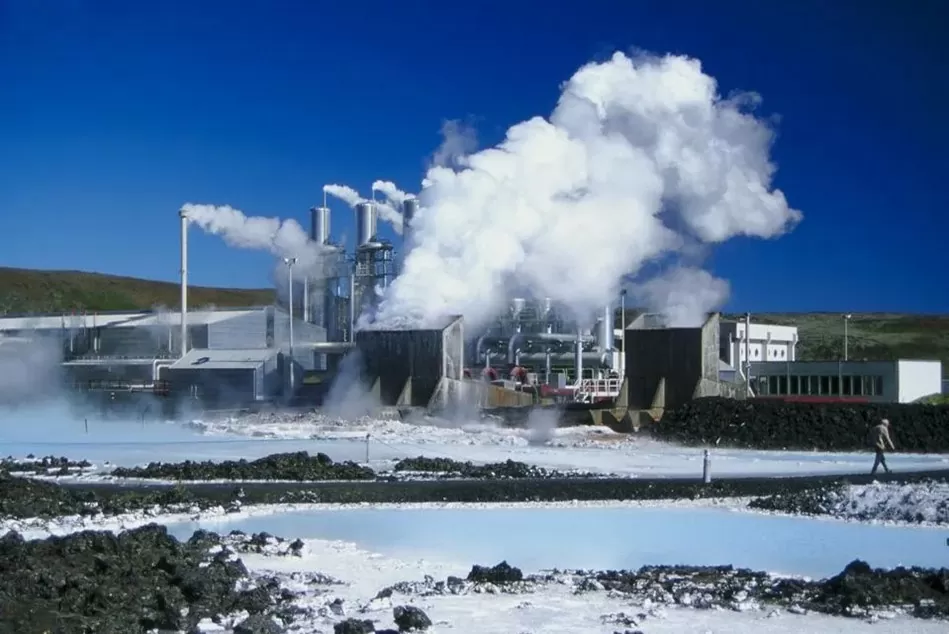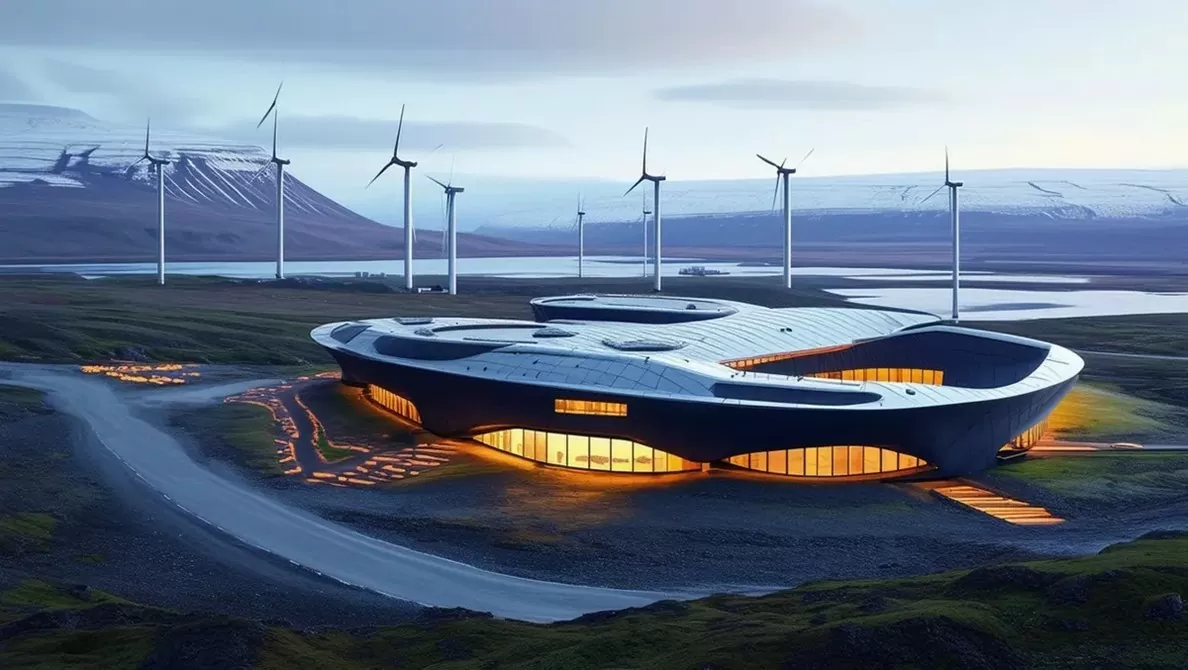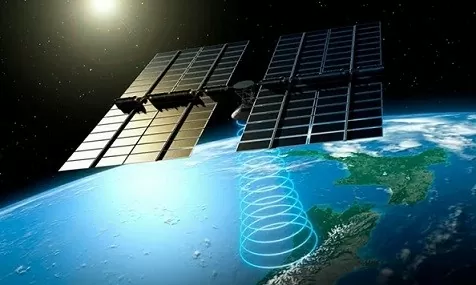Baoquocte.vn. In the race for sustainable energy solutions, Iceland has many success stories, bringing practical benefits to the people and creating space for sustainable development.
 |
| Blue Lagoon geothermal power plant and amusement park, Iceland. (Photo: Getty Images) |
Turn disadvantages into strengths.
Today, nearly 100% of the electricity consumed in this small country comes from renewable energy. Nine out of ten homes are heated directly by geothermal energy.
Iceland's story of transitioning from fossil fuels can inspire other nations seeking to increase their share of renewable energy. Often referred to as the "land of fire and ice," Iceland's unique geological features and far-flung location have given it extensive access to renewable energy.
The island lies on the Atlantic volcanic belt between the North American and Eurasian tectonic plates, a highly active volcanic region that powers the country's geothermal systems.
 |
| Iceland is also promoting the development of wind power. (Photo: Data Center News) |
In addition, glaciers cover 11% of the country's land area. Seasonal melting provides water to the glaciers, which flow from the mountains to the sea, contributing to Iceland's hydroelectric resources. Furthermore, the country also has enormous wind energy potential, which is being actively exploited. In the next decade, Iceland's largest wind power projects will be implemented in Búrfellslundur Park, where up to 30 wind turbines will be installed near Mount Vaðalda.
Today, Iceland's economy , from providing heat and electricity to individual households to meeting the needs of energy-intensive industries, is powered by green energy from hydroelectric and geothermal sources.
 |
| The Hellisheidi geothermal power plant in Iceland. (Photo: Japan Times) |
This country's clean energy provides society with many benefits, not just heating. This energy source is also widely used for melting snow on sidewalks, heating swimming pools, electric fish farming, greenhouse farming and food processing, as well as the production of cosmetics and other goods.
A growing vision
Why is Iceland so determined to aggressively deploy renewable energy? In fact, until the early 1970s, the majority of the country's energy consumption came from imported fossil fuels. Iceland was unable to adapt to the volatility of oil prices caused by several crises affecting the global energy market. The country needed a stable and economically viable domestic energy source, suitable for its unique geographical location on the edge of the Arctic Circle.
At the beginning of the 20th century, a farmer discovered a way to use hot water seeping from the ground to develop a rudimentary geothermal heating system for his farm. Cities gradually developed based on his success, leading to more systematic exploitation of geothermal resources.
 |
| Iceland uses clean energy to melt the ice in its cities. (Photo: Getty Images) |
From then on, drilling technology developed, allowing Iceland to drill deeper to obtain hotter water, heating more homes. Larger projects were developed with the deployment of geothermal regional heating systems on a commercial scale. Early hydroelectric projects, similar to geothermal, were developed by diligent farmers to provide electricity for their farms. By 1950, 530 medium and small-scale hydroelectric plants had been built in Iceland, creating independent power systems scattered throughout the country.
To further encourage the use of geothermal energy, the Icelandic government has established a fund to support individuals and businesses in borrowing money for geothermal research and test drilling, thereby promoting the development of renewable energy and gradually replacing fossil fuels. At the same time, Iceland is also focusing on developing large-scale hydropower. The goal is to attract new industries to Iceland to diversify the economy, create jobs, and establish a nationwide power grid.
 |
| A simulation of a solar power plant in Earth orbit. (Image: Alamy) |
But that's not all; Iceland is now also developing a plan to harvest solar power from space. Iceland will become the first country in the world to collect solar power from a 30 GW orbital plant to supply 1,500-3,000 households by 2030. Iceland's Transition Labs sustainable initiative is collaborating with the domestic energy company Reykjavik Energyt and the UK-based Space Solar to develop a solar power plant outside Earth's atmosphere.
The design and construction of the pilot plant will cost $800 million. The system is expected to provide electricity at a cost one-quarter that of nuclear power, at $2.2 billion per gigawatt, making it competitive with renewable energy sources on Earth.
Thus, it can be affirmed that Iceland's long-term efforts have brought tangible benefits to its people and economy, becoming a model for many countries around the world to learn from.
Source: https://baoquocte.vn/loi-ich-vung-ben-tu-no-luc-dan-than-cua-iceland-vao-hanh-trinh-xanh-302167.html


![[Photo] Prime Minister Pham Minh Chinh presides over a meeting on private sector economic development.](/_next/image?url=https%3A%2F%2Fvphoto.vietnam.vn%2Fthumb%2F1200x675%2Fvietnam%2Fresource%2FIMAGE%2F2025%2F12%2F20%2F1766237501876_thiet-ke-chua-co-ten-40-png.webp&w=3840&q=75)

![[Photo] Prime Minister Pham Minh Chinh presides over the conference announcing the establishment of the International Finance Centre in Vietnam.](/_next/image?url=https%3A%2F%2Fvphoto.vietnam.vn%2Fthumb%2F1200x675%2Fvietnam%2Fresource%2FIMAGE%2F2025%2F12%2F21%2F1766309817714_ndo_br_dsc-3400-jpg.webp&w=3840&q=75)































































































Comment (0)